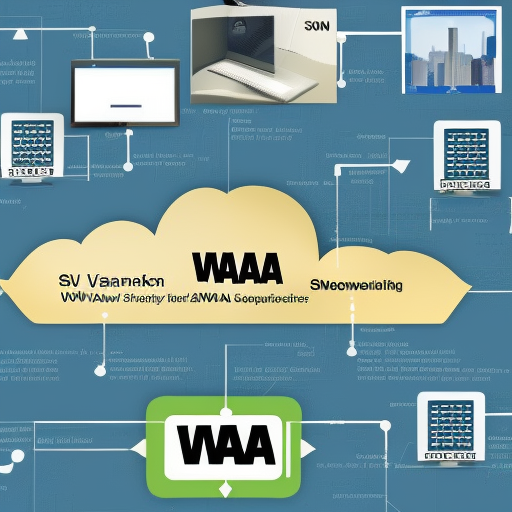In the ever-changing world of technology, new solutions are constantly being developed and released to meet the needs of businesses large and small. One such solution is software-defined networking (SDN), which is quickly becoming the talk of the town in the IT industry. SD-WAN, in particular, is an emerging technology that offers many benefits over traditional WAN technologies, including connectivity to other cloud-based solutions, dynamic bandwidth, and application acceleration and optimization. But could this be a viable replacement for private MPLS links? Let’s explore.
What Is SD-WAN?
SD-WAN stands for software-defined wide area network. It is a virtualized network infrastructure that allows you to use multiple connections—including broadband internet access—to connect remote sites to each other or to your corporate data center. It’s designed to simplify WAN management by automating the process of configuring and managing WAN connections and routing traffic across them. This helps companies save money while also providing greater flexibility in deploying applications and services across their networks.
How Does It Compare To MPLS?
MPLS (Multiprotocol Label Switching) is a type of protocol used by private networks for connecting remote sites with one another or with data centers located at headquarters. While it does provide high levels of service quality, it can be expensive to set up and maintain because it requires dedicated hardware for each connection point as well as specialized engineering skills for configuration and maintenance. On the other hand, SD-WAN simplifies all those complexities associated with MPLS setups since it only requires a software installation on each device connected to your network, eliminating the need for dedicated hardware or specialized engineers. Additionally, SD-WAN can provide better performance than MPLS due to its ability to dynamically adjust bandwidth allocation based on usage patterns.
What Are The Benefits Of SD-WAN?
The benefits of SD-WAN are far greater than just cost savings – they include best overall value and functionality, agility and speed when adding locations, simplification of operations, redundancy scalability and fault tolerance ,and quality of experience for critical applications. With its easy installation process, both cost savings and improved performance can be enjoyed immediately upon implementation without requiring any additional modifications or changes down the line – making it a great choice when upgrading existing IT infrastructures or launching entirely new ones from scratch.
In conclusion, despite its advantages over traditional WAN technologies like MPLS networks, SD-WAN will not entirely replace private MPLS links anytime soon as long as quality of service remains a priority for organizations who need guaranteed reliability from their networks. However with its ease of deployment compared to more complex technologies like MPLS as well as its numerous features such as dynamic bandwidth allocation that offer immense benefits in terms of cost savings and performance optimization; there’s no doubt that SD-WAN is quickly becoming an essential part of any modern enterprise’s IT infrastructure strategy – particularly now more than ever given current market conditions that have driven many organizations towards reducing costs while still maintaining premium levels of service delivery within their networks.


